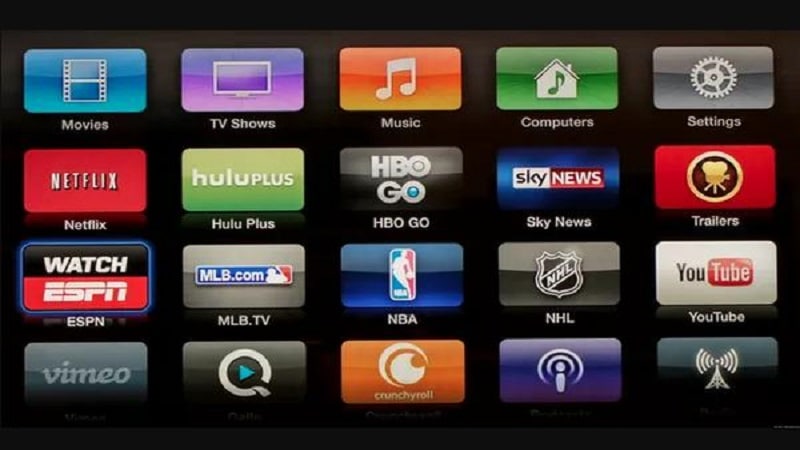
The business of TV and TV advertising has changed radically over the last several years, even within the last few years. Technology has continued to evolve and change the landscape of how we watch video content. Even as recently as ten years ago, cable and satellite TV providers dominated the TV industry.
In 2021, Comcast (cable and TV provider) had over 22 million subscribers, but Netflix had reached over 200 million subscribers1!
What Is OTT TV? The major technology change driving this revolution is OTT. OTT stands for over-the-top, and it means that it is delivered via the Internet (over the internet or on top of the internet). OTT TV refers to any TV type of service provided over the internet. Examples of some of the major companies that provide OTT TV are: Netflix, Hulu, Disney, NFL, NBC, and Amazon Prime Video, just to name a few.
When we look at what is OTT TV and what benefits it provides over the old, traditional methods of viewing TV content, the number one benefit is cost. Instead of paying for a high-priced cable or satellite service, you buy a subscription to the on-demand video service of your choice.
The plethora of video on demand services are almost always cheaper than the old cable or satellite services, mostly because those services often required that you lease or purchase special equipment to access their services. Another major benefit of OTT TV box and services is the aforementioned large variety of service providers.
They give viewers with a much larger quantity and diversity of content, and you can watch them on just about any kind of device (Smart TV, laptop, PC, smartphone, game console), as long as it has internet connectivity.
For companies in the business of TV or TV advertising, OTT TV also has advantages. It is not (for the most part) restricted by geographic or national boundaries. Anywhere the internet (high-speed) exists, then OTT TV is available.
This gives advertisers instant access to worldwide audiences. OTT TV service providers have huge amounts of data about their subscribers and what they view. This also gives advertisers a major benefit because they can use all this information to very precisely target their advertising to specific viewers.
Monetization

In the old world of TV, cable, and satellite, advertising was pretty simple. The advertisers would go directly to the TV stations or providers and purchase ad time within (and before/after) their shows. The TV stations would use this money to purchase their TV content (shows) and finance their operations.
In the world of CTV (connected TV) and OTT TV, there are several ways of making money from video content. The most lucrative model used today is the subscription video on demand (SVOD). This is where the service provider charges a fee (usually monthly) to viewers to access their library of content. The other largest model is the advertising video on demand (AVOD).
This model is exemplified by YouTube and very similar to old school TV. Viewers do not pay anything for the TV service or to view videos. Advertisers pay the video content provider to place their ads into (or around) the videos. The third major model is called transactional video on demand. This is based on the old pay-per-view model, where a viewer will pay to view a specific video or show.
All of these monetization models have advantages and disadvantages. You can check out this article for more information about that. More and more OTT TV providers are using a mix of these models, which is referred to as a hybrid model.
This blends the above models and puts their advantages together to minimize the disadvantages. Business have to consider their options and deliver their advertising to the service provider that will give them the best strategy optimizing these models.
Conclusion
OTT and OTT TV have completely changed the way we watch TV and the way that people make money from content and advertising.
As we continue to move towards the IOT (internet of things), the OTT trend will continue and will evolve as technology changes. How we will watch TV, communicate, and interact in the future may change, but OTT TV is here to stay!










